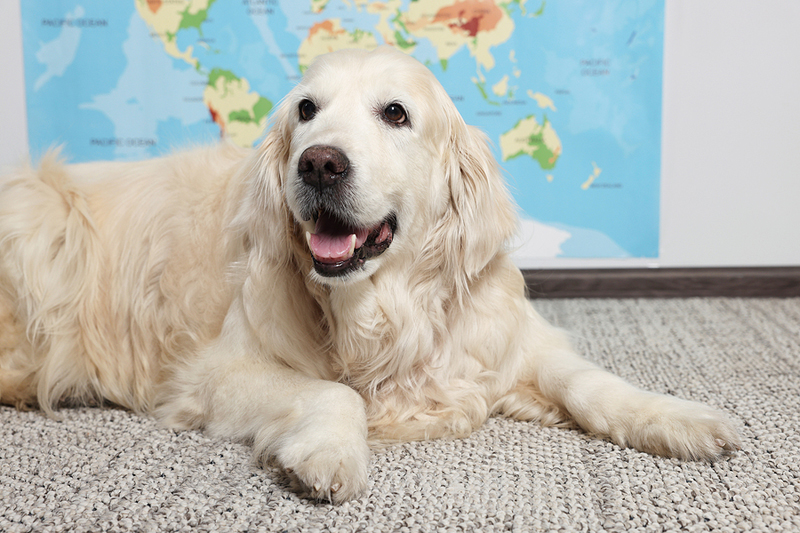Keeping people and pets together while prioritizing public safety are the goals of a new offering at the University of Missouri (MU) College of Veterinary Medicine.
The college has launched a rabies antibody testing service within its Veterinary Medical Diagnostic Laboratory (VMDL). The offering will provide certified test results for companion animals that are traveling to destinations which require owners to show proof of rabies immunity protection for pets before entry.
Historically, pets traveling from areas where rabies is present (i.e. U.S. mainland) to large islands or countries where the disease is not present would be required to quarantine in isolation upon arrival for four to six months, given how long the rabies incubation period is. Advancements in antibody testing, however, and considerations for pets to be able to quarantine in their owner’s home before travel abroad have since allowed for the introduction of less restrictive “pet passport” protocols.
The antibody testing service at MU—one of only four of its kind in the U.S.—is currently intended for dogs, cats, and ferrets traveling with their owners to Hawaii, Guam, New Zealand, Australia, and St. Kitts & Nevis.
“Now, you can submit a blood sample from your pet before your trip, and if the blood test shows adequate levels of rabies antibody immunity from previous vaccines or booster shots, the pet earns a certificate to avoid the inconvenience of having to quarantine in isolation upon arrival at the destination,” says MU’s lab’s director, Susan Moore, PhD.
Prior to joining MU, Dr. Moore led the Kansas State University (K-State) Rabies Laboratory for 21 years. While in this role, she analyzed 50,000 blood samples for pet travel each year on average, of which approximately 15,000 each year were specifically for travelers to Hawaii, MU reports.
“The demand for this service continues to grow,” she says. “While I was at K-State, each year we would always receive more and more samples compared to the year before, and I anticipate that increased demand to continue to grow going forward.”

